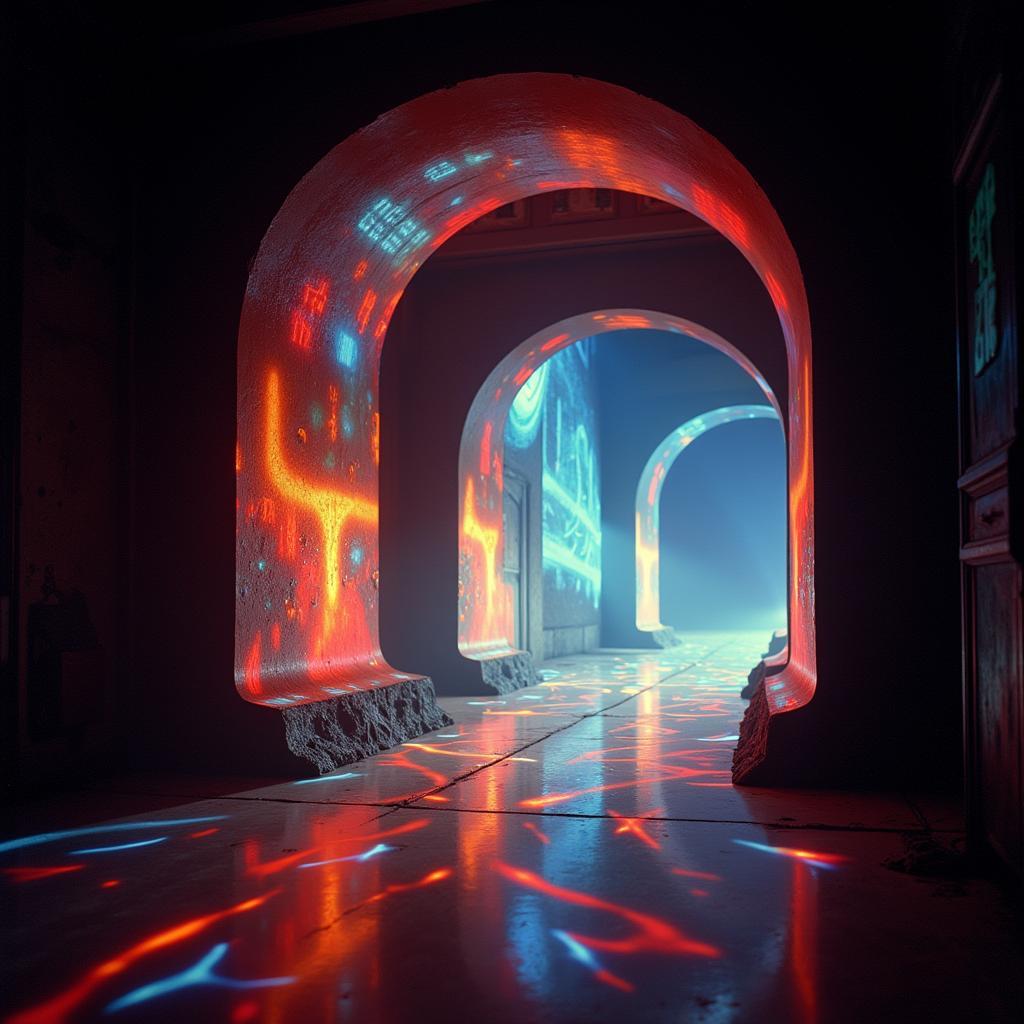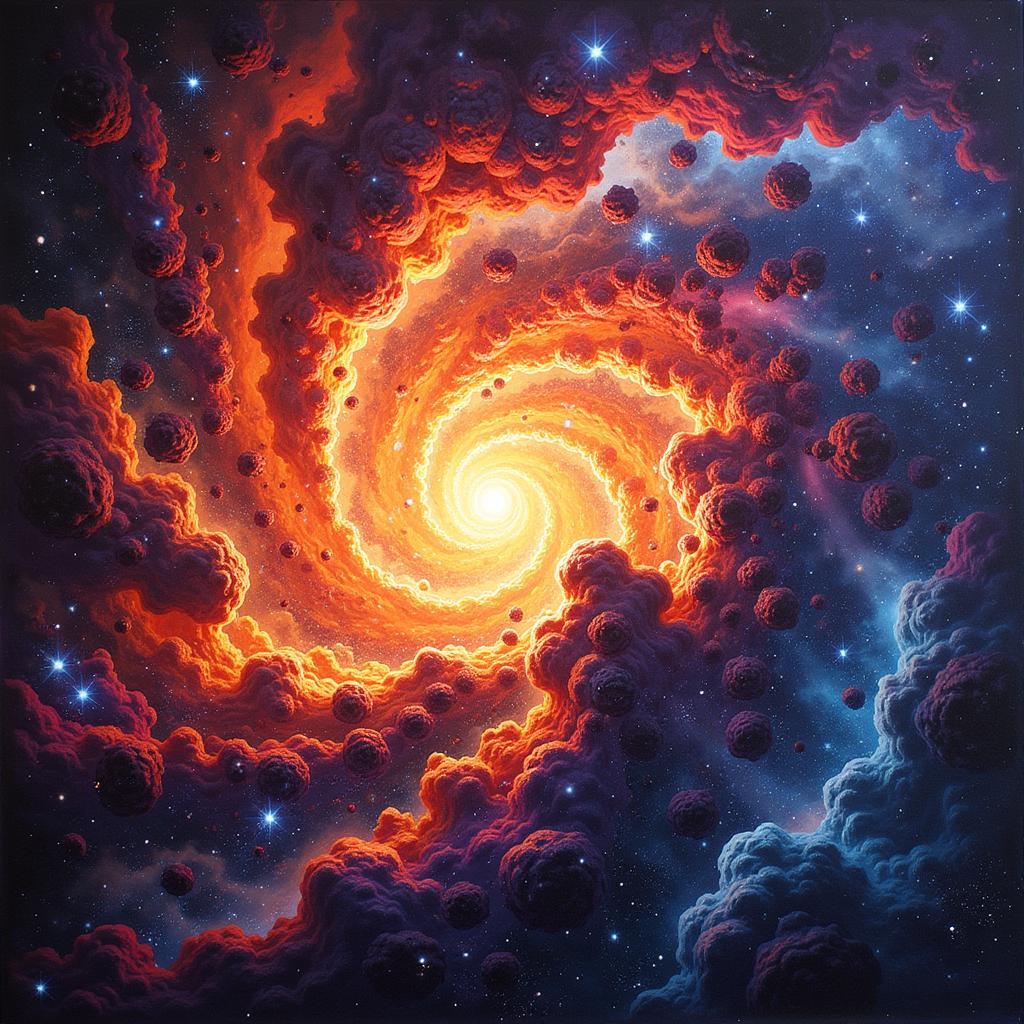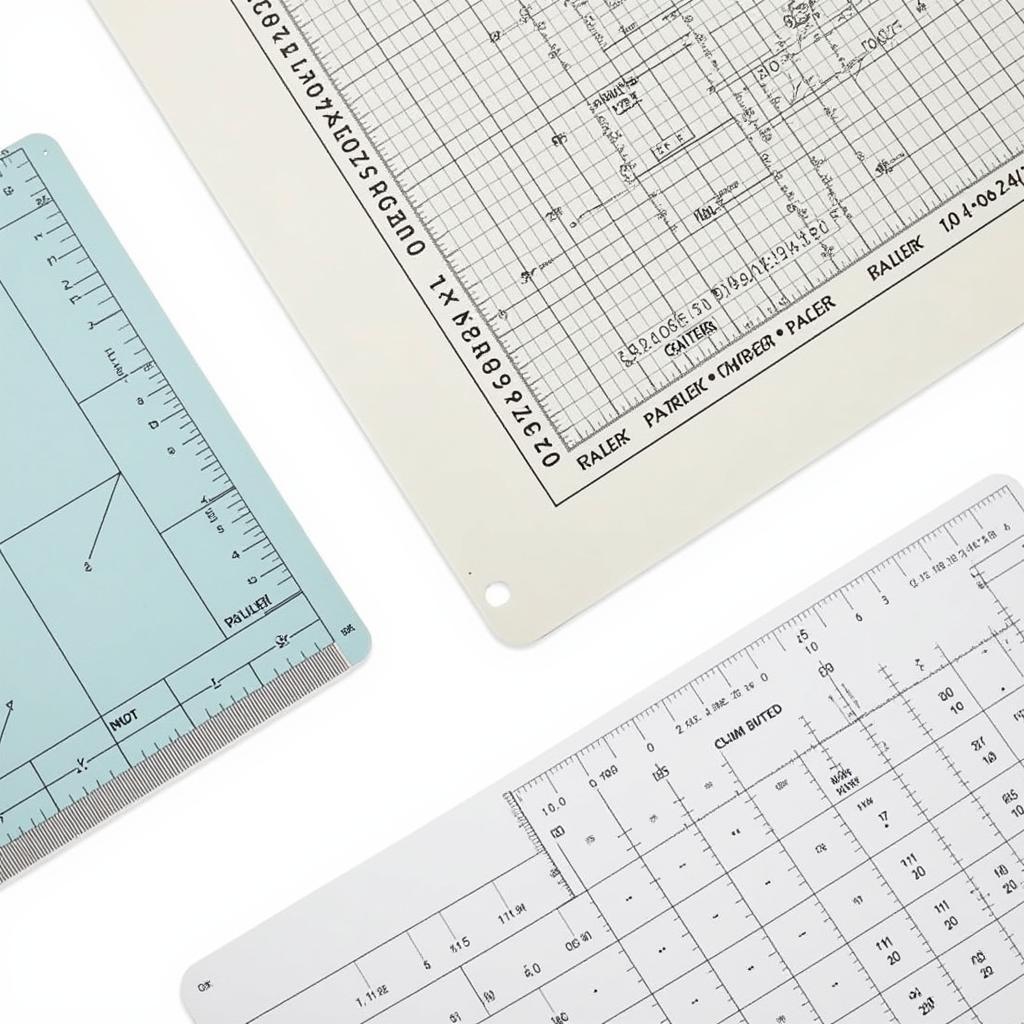2001: A Space Odyssey Art: Exploring the Visual Masterpiece
2001: A Space Odyssey remains a cinematic landmark, captivating audiences even today with its stunning visuals and thought-provoking narrative. This article delves into the art of 2001: A Space Odyssey, exploring its groundbreaking special effects, its influence on subsequent science fiction films, and its enduring legacy as a visual masterpiece. We’ll examine how Kubrick’s meticulous attention to detail and his collaboration with artists like Douglas Trumbull created a truly unforgettable cinematic experience.
The Dawn of Cinematic Special Effects: 2001’s Impact
Before 2001, science fiction films often relied on cheesy effects and unrealistic depictions of space. Kubrick, however, was determined to create a scientifically plausible and visually breathtaking portrayal of space travel. He achieved this through innovative techniques like slit-scan photography and meticulous model work, pushing the boundaries of what was possible in filmmaking. The film’s depiction of weightlessness, the vastness of space, and the alien monolith were unlike anything seen before, setting a new standard for special effects and inspiring generations of filmmakers.
What made these effects so groundbreaking? It was Kubrick’s unwavering commitment to realism. He consulted with scientists and engineers, ensuring that the visuals adhered to the laws of physics and the latest scientific understanding. This dedication to accuracy, coupled with the artistry of his special effects team, created a truly immersive and believable world.
 2001: A Space Odyssey Slit-Scan Photography Technique
2001: A Space Odyssey Slit-Scan Photography Technique
The Monolith: Symbolism and Interpretation in 2001 a Space Odyssey Art
The mysterious black monolith is arguably the most iconic image from 2001: A Space Odyssey. Its stark simplicity and unexplained presence have fueled countless interpretations and discussions. What does it represent? Is it a tool of alien intervention, a symbol of human evolution, or something else entirely? The film offers no easy answers, encouraging viewers to grapple with these questions and formulate their own theories. This ambiguity is a key component of the film’s artistic power, inviting viewers to engage with the narrative on a deeper, more personal level. From its initial appearance among a group of ape-like hominids to its final enigmatic presence in the orbiting bedroom, the monolith serves as a constant reminder of the unknown and the infinite possibilities that lie beyond human comprehension.
Why did Kubrick choose such a simple shape? The monolith’s stark minimalism stands in stark contrast to the rounded, organic forms found in nature. This juxtaposition highlights its alien nature and emphasizes its otherworldly significance.
Influence and Legacy: How 2001 Shaped Science Fiction
2001: A Space Odyssey’s influence on science fiction cinema is undeniable. Its realistic depiction of space travel, its groundbreaking special effects, and its philosophical themes have inspired countless films, television shows, and works of art. From Star Wars to Interstellar, the echoes of 2001 can be seen throughout the genre. Its impact extends beyond just visuals, however. The film’s exploration of artificial intelligence, human evolution, and the search for meaning in the universe continues to resonate with audiences today, making it a timeless classic.
“2001 was a game-changer,” says Dr. Anya Sharma, a film historian specializing in science fiction. “It showed that science fiction could be more than just escapism. It could be a powerful tool for exploring complex philosophical and existential questions.”
 2001: A Space Odyssey Star Child Symbolic Ending
2001: A Space Odyssey Star Child Symbolic Ending
Conclusion: The Enduring Power of 2001 a Space Odyssey Art
2001: A Space Odyssey remains a powerful and relevant film, even decades after its release. Its artistic vision, groundbreaking special effects, and thought-provoking themes continue to inspire and challenge viewers. The film’s exploration of humanity’s place in the universe and the potential of artificial intelligence is as relevant today as it was in 1968, solidifying its place as a true masterpiece of cinematic art.
FAQ
- What is the significance of the monolith in 2001: A Space Odyssey?
- What special effects techniques were used in 2001?
- How has 2001 influenced subsequent science fiction films?
- What are some common interpretations of the film’s ending?
- Who were the key artists and designers who worked on 2001?
- What scientific concepts are explored in 2001: A Space Odyssey?
- Where can I find more information about the art and design of 2001?
Common Scenarios and Questions:
-
Scenario: Trying to understand the symbolism behind the Star Child.
-
Question: What does the Star Child represent in the context of human evolution and the film’s overall message?
-
Scenario: Researching the history of special effects in science fiction cinema.
-
Question: How did the techniques used in 2001 compare to other science fiction films of the time, and what impact did they have on the development of special effects?
Further Exploration:
You might also be interested in these other articles on our site:
- The History of Science Fiction Cinema
- The Art of Special Effects
- Exploring the Themes of 2001: A Space Odyssey
Need assistance? Contact us 24/7: Phone: 02462573573, Email: [email protected]. Visit us at Savico Megamall, 7-9 Đ. Nguyễn Văn Linh, Gia Thụy, Long Biên, Hà Nội 10000, Việt Nam.




